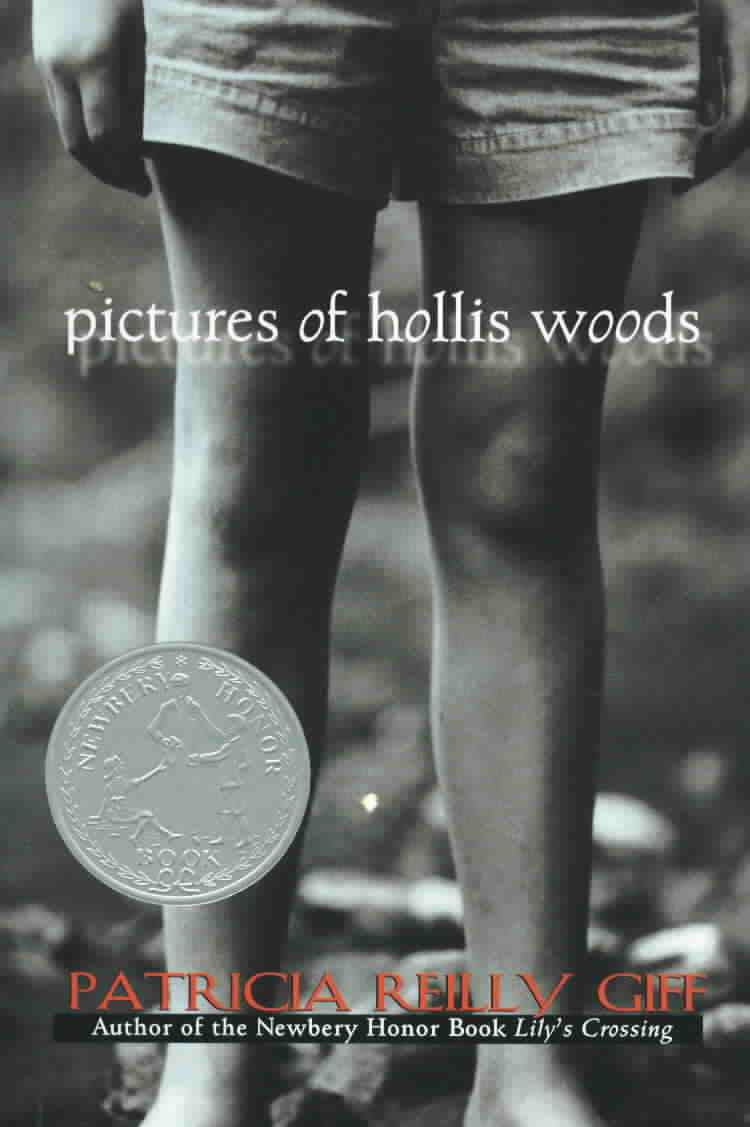A national treasure in The States
In the world of American children’s literature Patricia Reilly Giff, born in 1935, and, as far as I know, still writing, is something of an icon. Through the 1980s and well into the 90s she wrote over twenty titles in a hugely popular humorous series about the young kids from Polk Street School. Countless American children have grown up with them. Yet it is since then, in her later years, that I believe she has become an outstanding and internationally important writer. More recently she has written a string of quite remarkably sensitive and beautifully crafted books for slightly older children, often with a setting in recent history, including two Newberry Honor award winners (Lily’s Crossing, 1998, and Pictures of Hollis Woods, 2003), no mean achievement in the crowded US children’s market. Her latest novel, Genevieve’s War, was published as recently as 2017, again wining awards and accolades in the States.
As I think her books are far too little known and read over here, I have decided to intersperse my other reading by revisiting some titles of hers that I know and love, as well as exploring some new ones. I hope to add further reviews to this blog post as I finish them.
Pictures of Hollis Woods

This is a ‘classic classic’ of American children’s literature. Think The Great Gilly Hopkins (Katherine Paterson) or The Pinballs (Betsy Byars)*. In fact there are a good number of books from both sides of the Atlantic about children in care who are shuttled from one unsuccessful ‘placement’ to another. However, although this novel repeats that basic scenario, it is not so much the story itself that is so special here. Although it is painful, touching and ultimately heartwarming; it is the way that this particular example it is told, or rather the way it is written, that makes it so very special. Take the basic storyline away from the writing and it might even be considered sentimental. Yet the writing lifts it to a totally different level. Patricia Reilly Giff’s unobtrusive command of her medium is masterly.
For starters, her young eponymous protagonist is a talented artist. Hollis sees, explores, discovers and, perhaps especially, remembers her world through the pictures she draws. This wonderful writer help us to see those pictures vividly too, and, through them, takes us not only into her world but inside the thought and, indeed, the psyche, of Hollis Woods herself. She clearly ‘gets’ children, in the deepest way, and Hollis lives through her - and, consequently, in us.
And then this story is a quite wonderful example of a two stranded narrative. Intimately interleaved storylines recount Hollis’s present situation even as she frequently recalls an unexplained past. Constantly switching the reader’s piqued curiosity between ‘What will happen?’ and’What did happen?’ makes for compulsive page-turning and the result is heart-wrenching where it could have been maudlin.
Although never difficult or obscure, Patricia Reilly Giff doesn’t patronise her young audience in any way. She leaves her readers to discover Hollis for themselves, and in doing so provides the most telling of opportunities for empathy. Whilst I would never dream of trying to compel a child to read a particular book, this is one of those titles that I desperately hope every child might discover at some time in their growing lives. It is a book about a universal yearning to belong and any reader will be hugely the richer for it.
Eleven

Cover: Shane Rebenschield
Here, from just over ten years ago, is another book that showcases Patricia Reilly Giff at the height of her long career as a children’s writer.
A boy is approaching his eleventh birthday.
There is a model ship and a memory of a real ship, each with two masts standing tall like the number eleven.
The boy can’t read, but he has an affinity to wood, and to making with wood, shared by a loving grandfather.
There is a girl who can read, but who uses it as an escape from a life forever moving from one place to another.
The boy had questions about who he is, who his parents are?
He has dreams that might be memories; he remembers a large and dismal house with eleven over the door.
There are clues and mysteries; frustrations and unexpected help.
There is the building of a model castle.
And the building of more besides.
And through all, the number eleven is a recurring theme, beautifully pointed by the writer in brief, almost poetic interludes between chapters. It is skilful work from a skilful writer in whom both storytelling and language have been honed over a lifetime of writing experience.
This is a gentle book. There is little excitement as such, but plenty of intrigue to keep the pages turning. There is also a deep, and sensitive exploration of character and relationships, of friendship, where friendship is rare and special, and of love and family, found beyond the common nuclear arrangement. It is a book about building and discovering; discovering, too, that what you are looking for is sometimes to be found right where you are. It is a book about reading and the importance of reading. But it is also a book that does not condemn to failure, that offers ways forward with loving support. Most of all, perhaps it is a kind and caring book, the sort of book that may help our world, or at least our part in it, to be more kind and caring too.
*Both, incidentally, still very well worth seeking out for anyone who doesn’t know them.